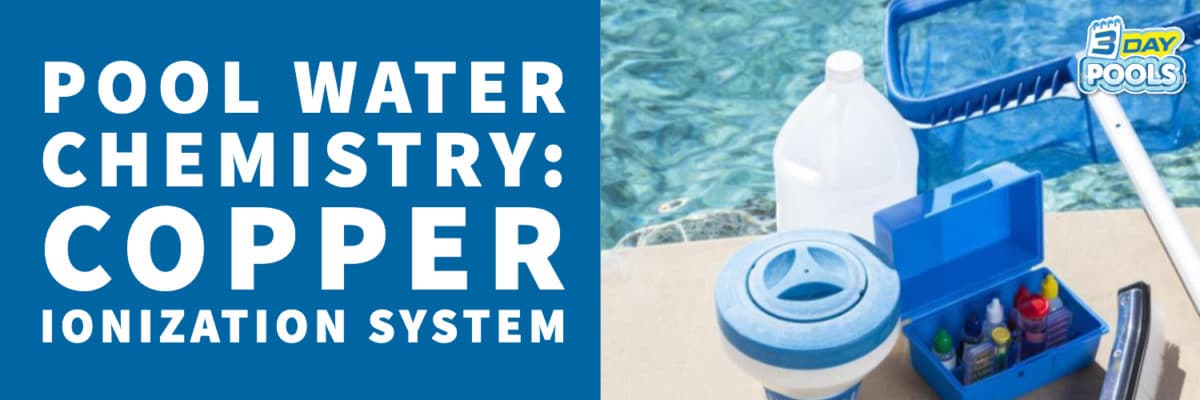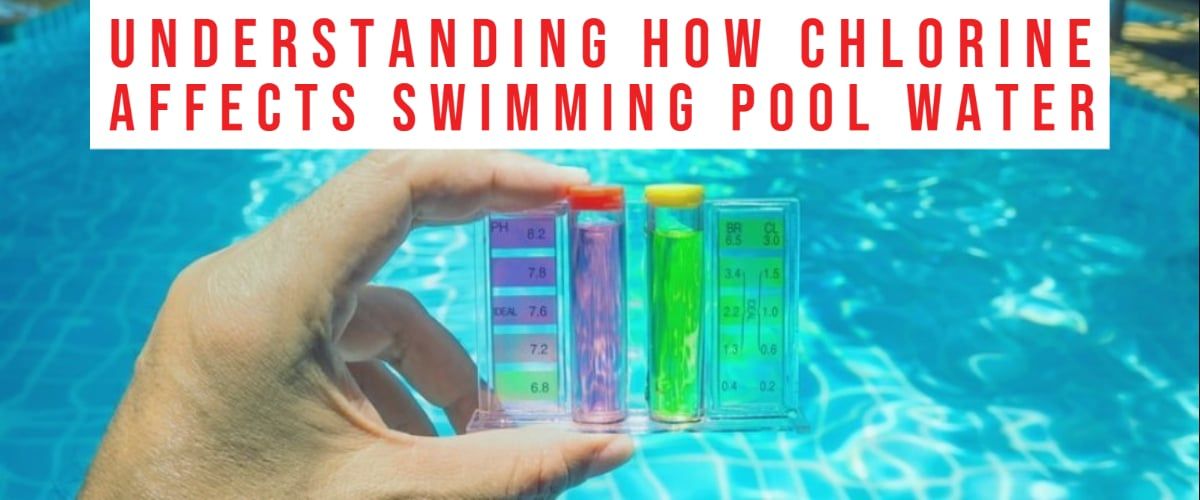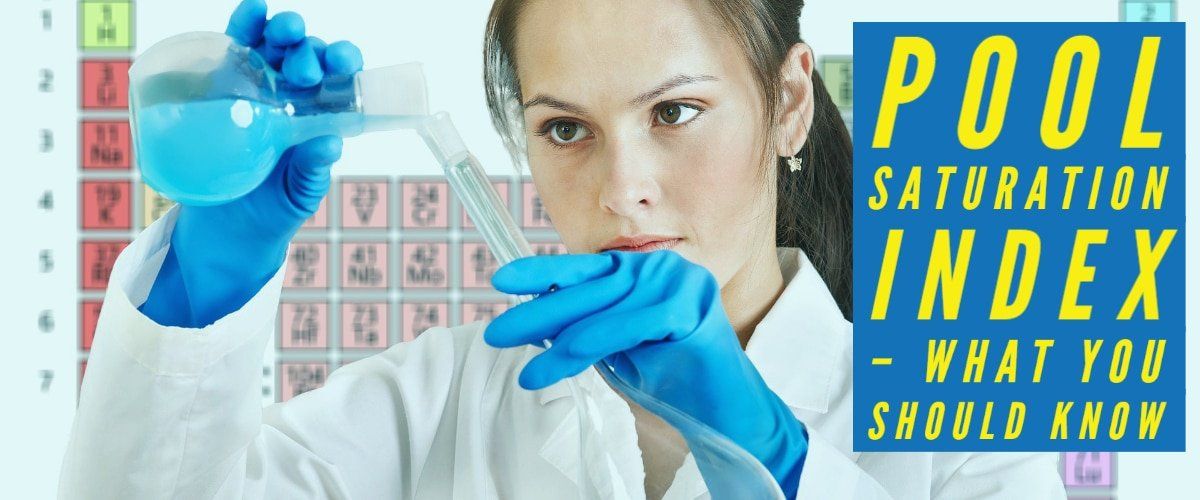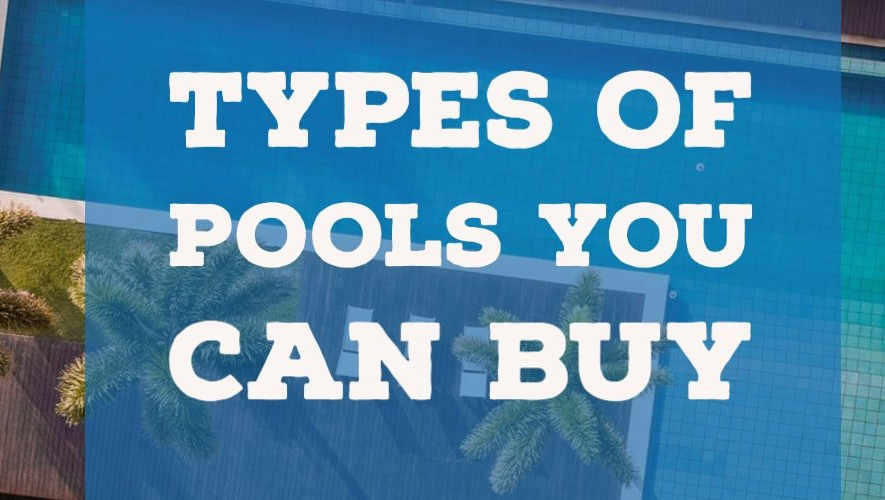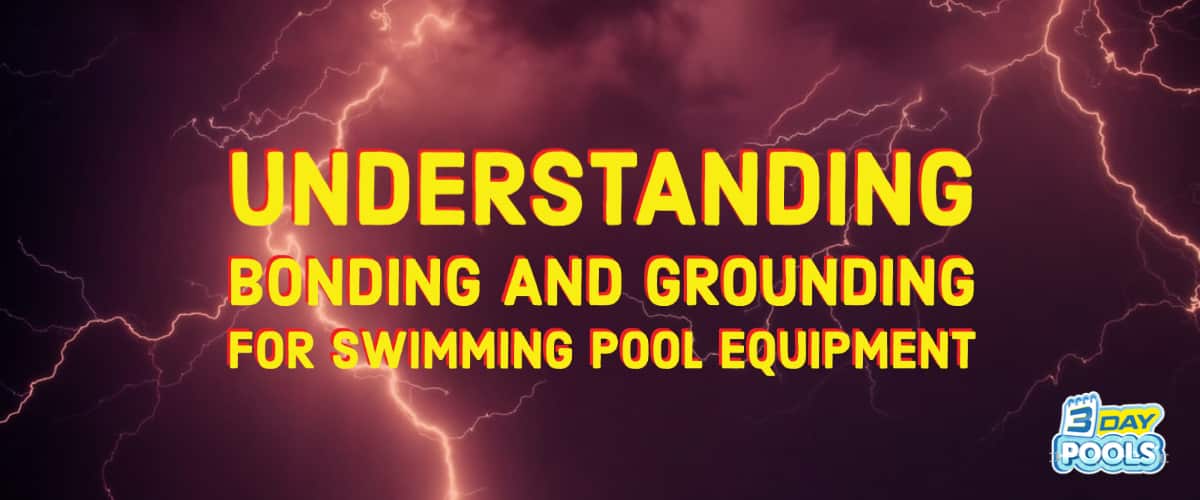416-268-4493
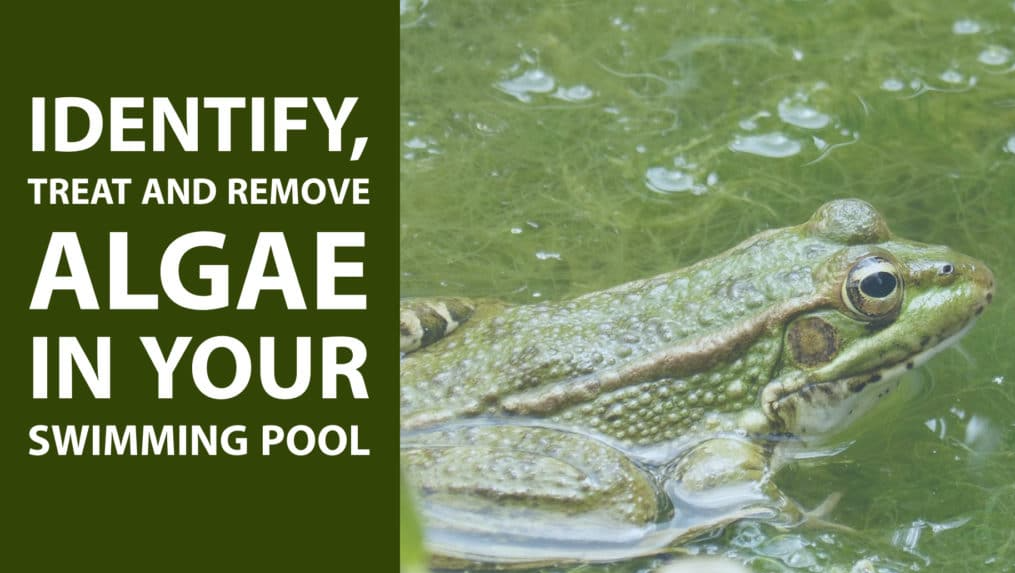
How To Clear Cloudy Swimming Pool Water
If you have a swimming pool, you probably know that July and August are some of the worst months for the pool. This is because, the months are sunny and warm and this promotes the growth of algae in the pool. In addition, the warmth brings inconsistencies on the sanitizer levels in the pool and this compounds the problem of the algae.
Algae are single cell plant that utilizes the process of photosynthesis to manufacture food. The problem with algae is that it comes in many different forms and colours and this enables it to adapt to varying environmental conditions. And since this plant is microscopic in size, you are not able to notice it until it has infested your pool in the millions. By the time the situation reaches there, it is too late and expensive to correct the situation.
Prevention is always the best option
When it comes to pool algae, prevention is always the best option. It is advisable to ensure that your pool has all the necessary chemicals needed to keep it clean and natural. Alternatively, you can opt for salt water chlorinated pools that are more resistant to the growth of the algae. Below, we will look at the different types of pool algae and how to remove them.
Green algae
Green algae is the most common algae in today’s pools. It either clings on the walls or float on the water. The algae can either appear as dark-green, blue-green or yellow-green. That is why pools infected with algae have a hazy green appearance.
The good thing however is that, you can treat these algae through shocking, brushing and the use of the right algaecide. To begin the treatment process, you need to ensure that the water is in the correct ph level. And if necessary, balance out the water chemistry.
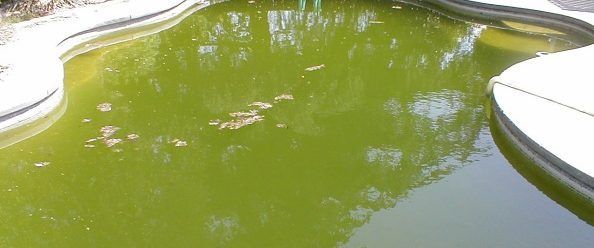
Treatment
If you treat your pool with chlorine, you should have it thoroughly brushed and shocked. This raises the chlorine level to 3ppm. When done, add a heavy dose of algaecide 60 into your pool. Also, ensure that your pool has a good circulation system in order to spread the chemical thoroughly.
To completely eradicate the algae, repeat this process several times.
Black algae
Black algae are the black-green type of pool algae that normally forms on cracks and crevices around the pool. This alga is mostly found on pools with plaster and concrete surfaces on it. In addition, you will find that the algae prefer shady areas around the pool. However, it is important to note that black algae have a slimy layer that is impervious to the normal level of chlorine. On the other hand, the algae will not change the look of your pool but to the contrary, form some black spots on the surface.
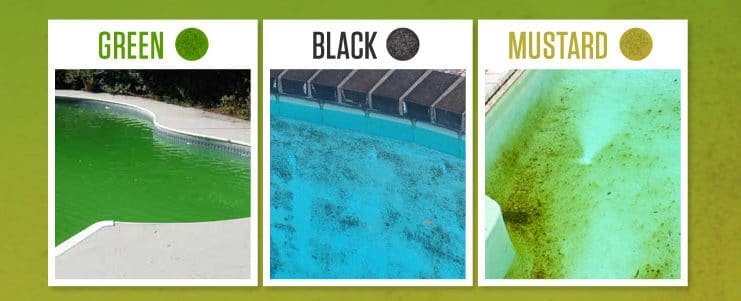
New Paragraph
OUR RELATED SWIMMING POOL TOPICS
Pool & landscape products specifications are believed to be accurate at the time of original publication.
Viewers should verify specifications & installation requirements with the installing dealer or manufacture’s manual rather than relying on information on this website, which is not intended to be a final specification.

